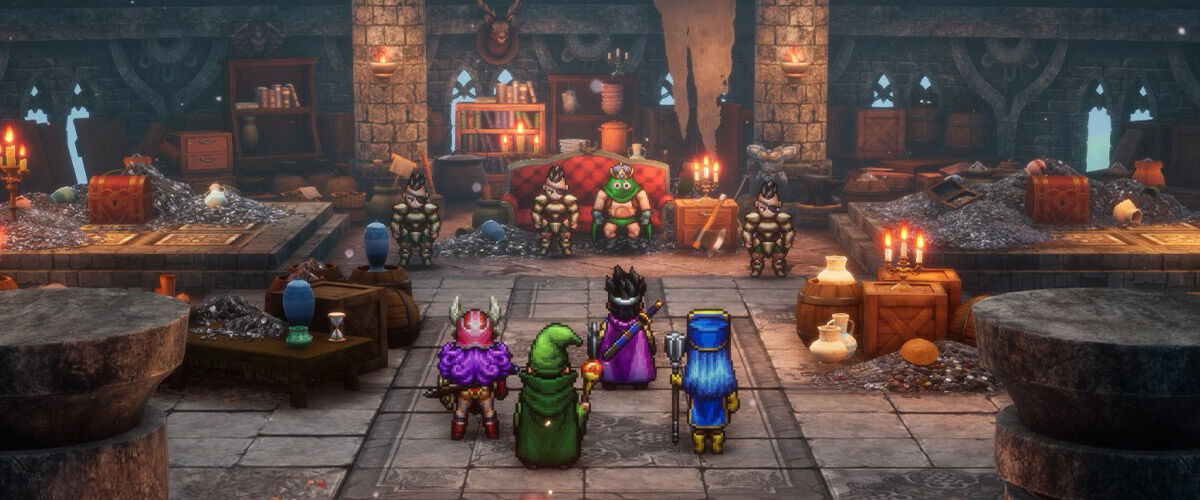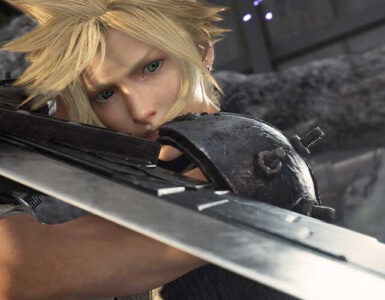- Shares
- 48
This interview has been edited for clarity.
A role-playing game with a mythical creature, and heroes seeking it? What else would you call the video game with this premise? Regardless of origin, Enix’s (which would later merge with Square to form Square Enix) Dragon Quest franchise remains one of the most recognisable names in the role-playing game (RPG) genre. Created by Japanese game designer Yuji Horii and character designer Akira Toriyama, the franchise made its mark on both the Asian and American markets, releasing 11 titles alongside numerous spin-offs since its inception in 1986.
Among the games in the series, none have made a bigger impact than the third mainline title, Dragon Quest III: The Seeds of Salvation. Originally released in Japan for the Family Computer (Famicom), and subsequently in North America for the Nintendo Entertainment System (NES) under the name Dragon Warrior III, the 1988 title received widespread acclaim for greatly expanding upon the gameplay of the titles that came before.
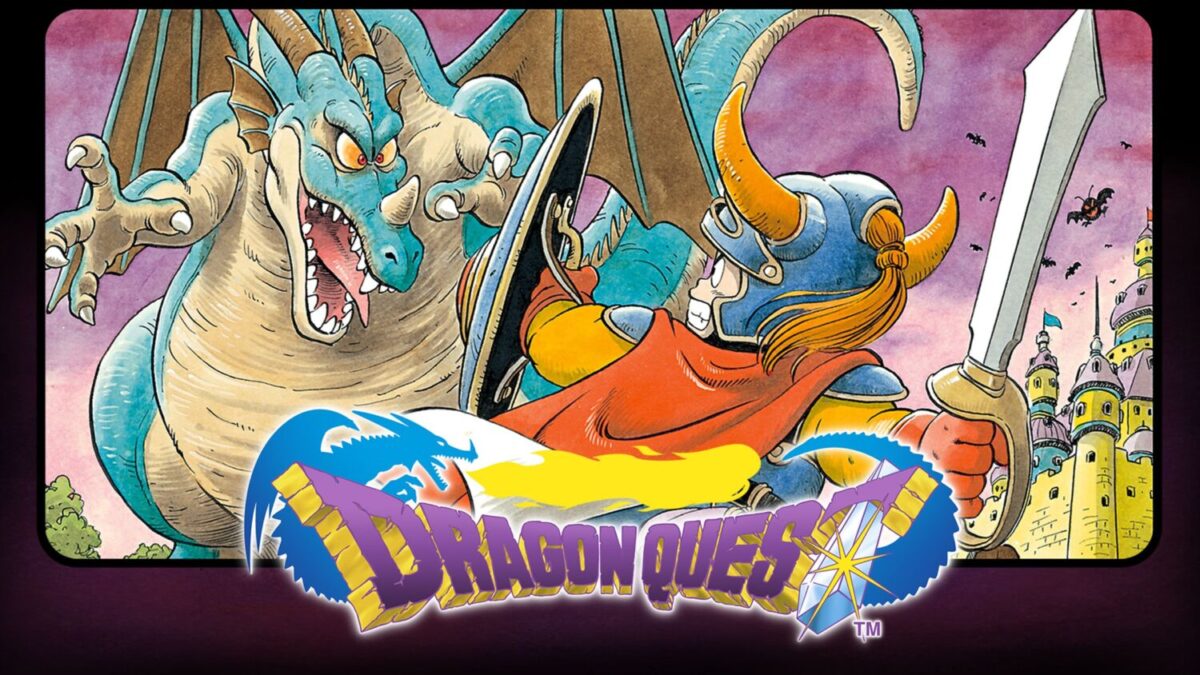
It’s no surprise then that the title received several remakes over the years, with a Super Famicom version in 1996 and a Game Boy Colour version in 2000. Collectively, Dragon Quest III has earned the spot as one of the franchise’s best-selling titles, with over 7.5 million copies sold worldwide. And that figure is sure to increase, now that the classic is set to return with Dragon Quest III HD-2D Remake, which enhances the original release for the new generation of gamers.
During an extended 2-hour preview session at Tokyo Game Show (TGS) 2024, Geek Culture was not only given hands-on with the upcoming remake, but we were also able to sit down with game producer Masaaki Hayasaka to get an inside look at how the team went about updating an iconic title for the modern gaming era.
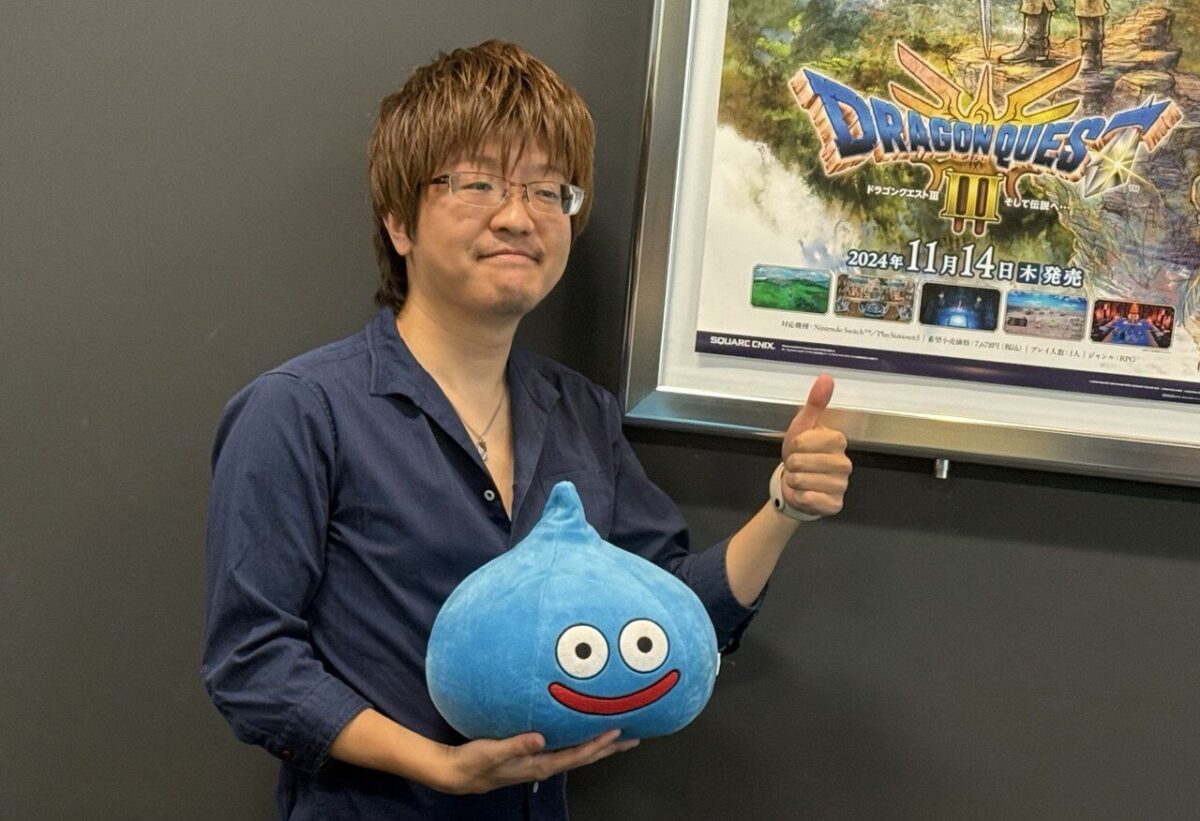
And it all starts with one underlying principle – to stay true to the original.
“Our general direction when developing the title was to try and keep the charm of the original as intact as possible,” Hayasaka explains. “We tried not to cut any elements out that might disappoint fans of the original while figuring out how to add new features that can meet the expectations of both longtime fans and newcomers.”
By far, the game’s biggest and most noticeable change is in its graphics and art style. As the team behind 2018’s hit Japanese RPG Octopath Traveller, Hayasaka and Team Asano settled on leveraging their experience with the title by incorporating the unique HD-2D graphical style into the new Dragon Quest III remake.
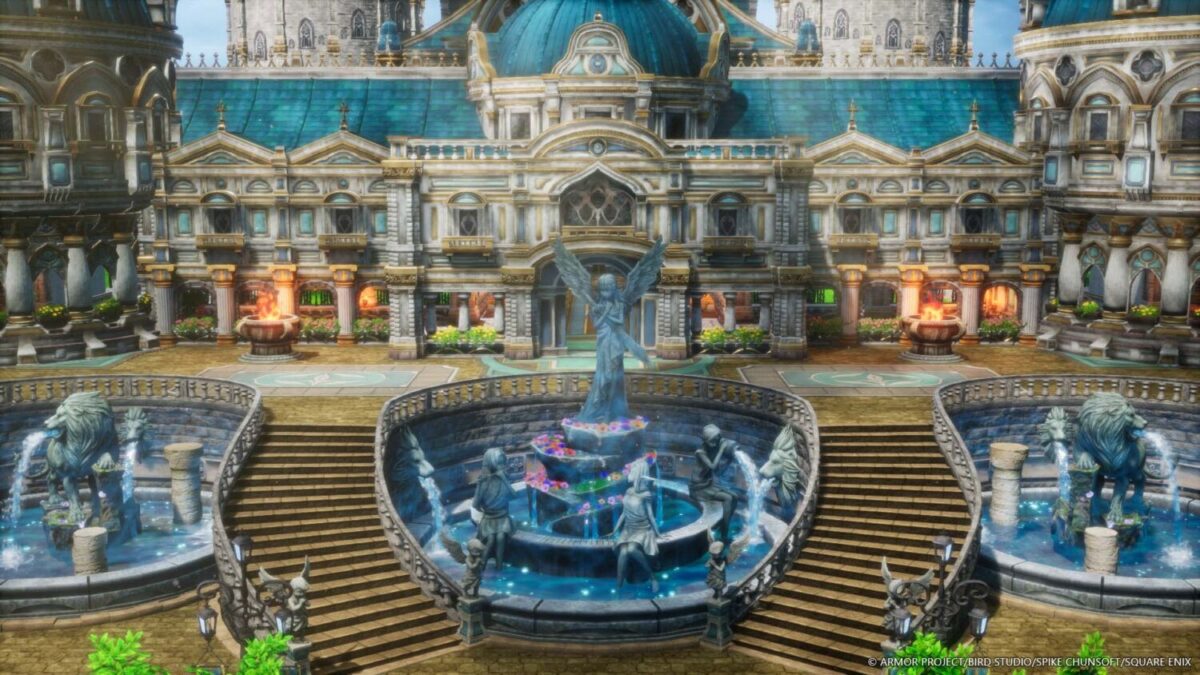
“Because [Octopath Traveller] was the first title where we implemented the HD-2D style, we learnt, based on the game’s reception, just how effective it was at building atmosphere,” Hayasaka notes, “[The team] was then able to fully utilise what was learnt for the development of the Dragon Quest III remake.”
The results really speak for themselves as Dragon Quest III HD-2D Remake looks stunning, presenting a perfect blend of realistic environmental detail and pixel sprites. The change also brings an added layer of depth and perspective to scenes, giving it an almost pop-up picture book feel that oozes charm. Every location in the game has been painstakingly recreated, and would definitely evoke feelings of nostalgia to returning fans.

However, recreating the game’s most minute details did pose its own challenges, especially in terms of environmental details. “One of the most challenging elements was to bring that original map from the game into the current visual style,” explains Hayasaka, noting how the added perspective introduced with the HD-2D style meant the team had to fill in details previously unnoticeable in the flat 2D graphics of the original.
Although it may not seem like much, adding this layer of detail to all environments was tough work indeed, with the team reportedly spending almost two years working on this change alone. The remake has spent more than three years in development, almost as long as the time taken to make the latest mainline title in the franchise, Dragon Quest XI, which is far larger and more graphically intensive of the two. For a smaller title to have received such an extended development period clearly shows the passion the team had for doing justice to the title.

Combat has also received the same faithful enhancement. Everything remains largely the same as the original, with the team even maintaining the first-person battle animation screen that earlier games in the series were known for. Aside from adding accessibility options such as the ability to set combat animation speeds, everything should remain just as fans will remember.
That’s not to say the game is without any new features as the game now includes Monster Arena battles, where players can rescue stray monsters littered around the world and pit them against increasingly challenging bouts with non-player character (NPC) contenders. Each rescued monster also has its own stats and special abilities, making collecting and managing them a fun side activity to accompany the main storyline.
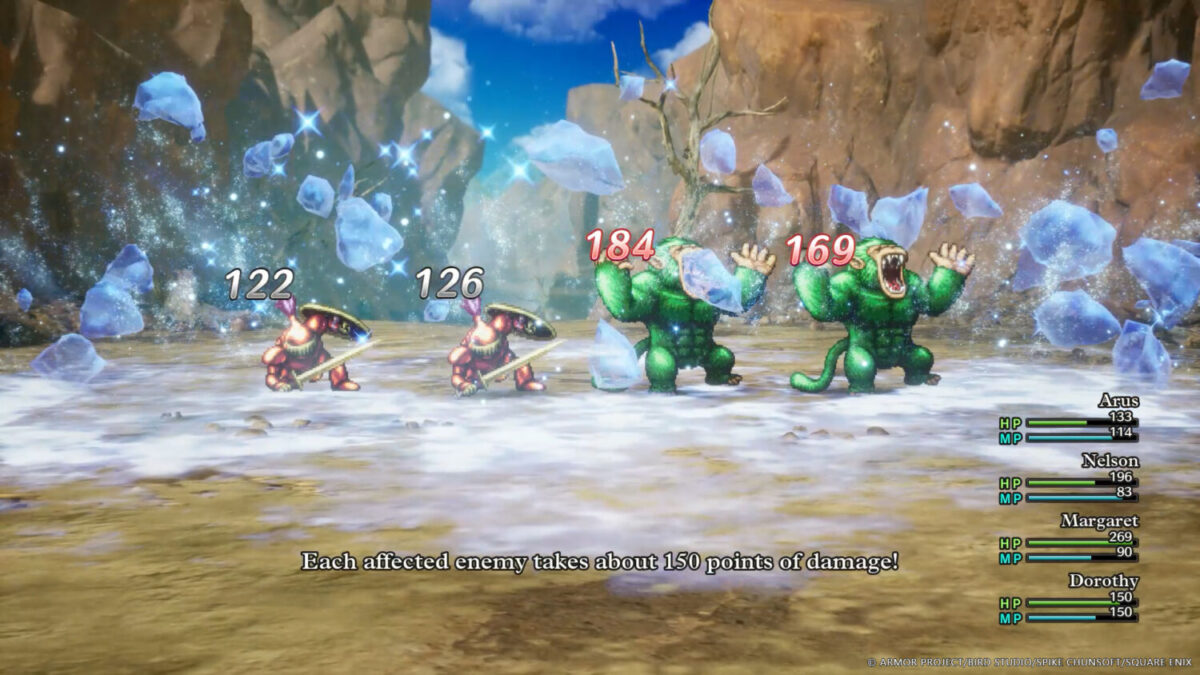
Remaking such a beloved title might seem like a daunting task, but Hayasaka was surprisingly under less pressure than one would expect, a fact he attributes to not having played the original title. “Having a little bit of distance from the original did take some pressure off my shoulders, as I could go into it with a fresh perspective,” he explains.
This pressure was further lifted with the involvement of Dragon Quest creator Yuji Horii. The now 70-year-old game designer has always been involved in any title of the series in a more supervisory role but stepped up his involvement for the Dragon Quest III remake, serving as game and scenario designer. Guiding the team throughout their development journey certainly helped motivate them to deliver the best possible experience for both returning fans and modern gamers.

“The fact that I was part of a legendary franchise like Dragon Quest, having been a fan of the franchise since before I came into the industry, and now being able to work with Horii-san to bring this game to the modern age is really a highlight of my career and a true honour,” he exclaimed, grinning from ear to ear.
Of course, Hayasaka still feels the underlying sense of pressure to do right by the game and not disappoint long-time fans of the series, to which he jokingly concludes, “This is a legendary title, so I feel like if I mess this up, then I guess I might have to leave this industry.”
Dragon Quest III HD-2D Remake is set to release on 14 November 2024 on PlayStation 5, Xbox Series X/S, Nintendo Switch and Windows PC via Steam.

